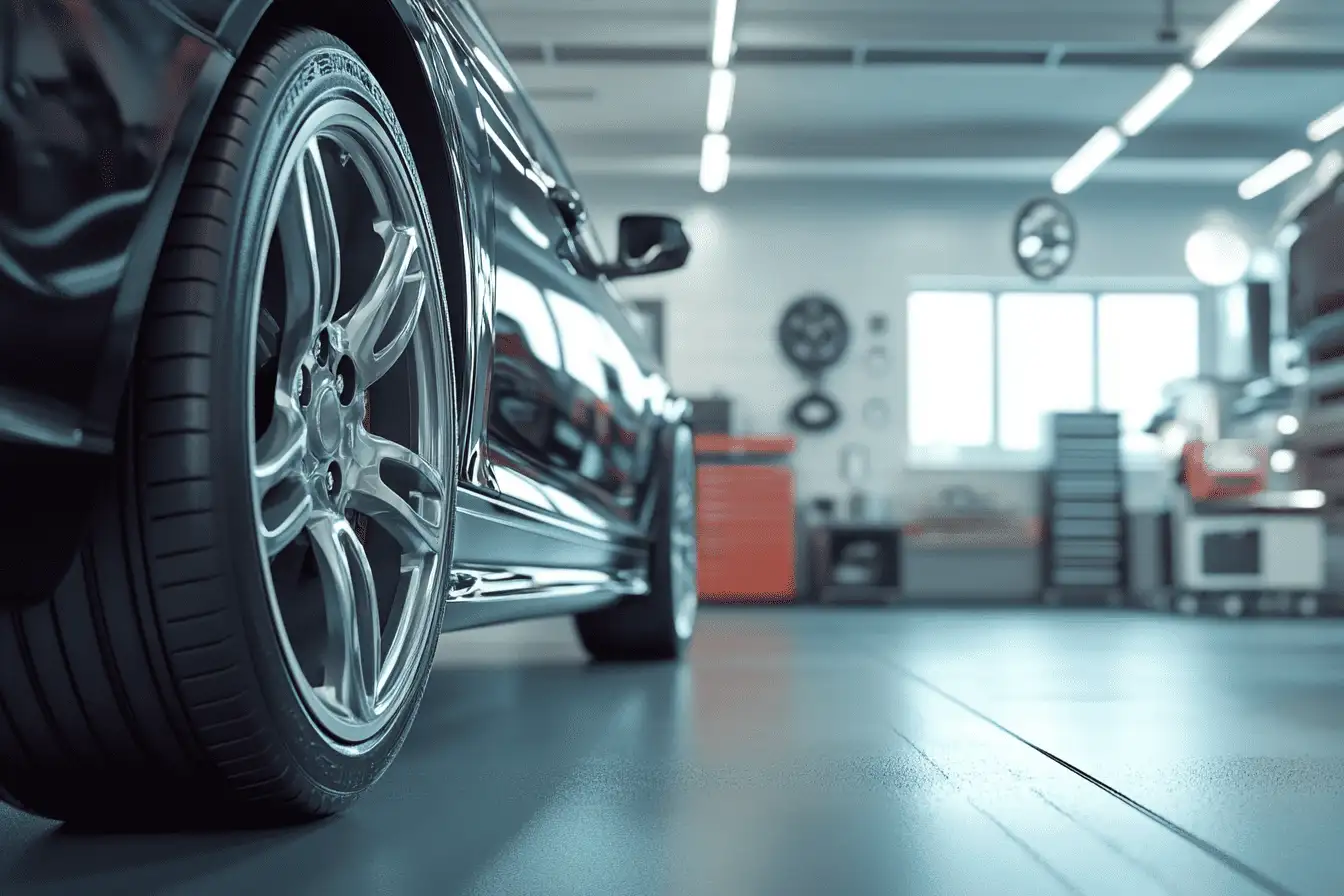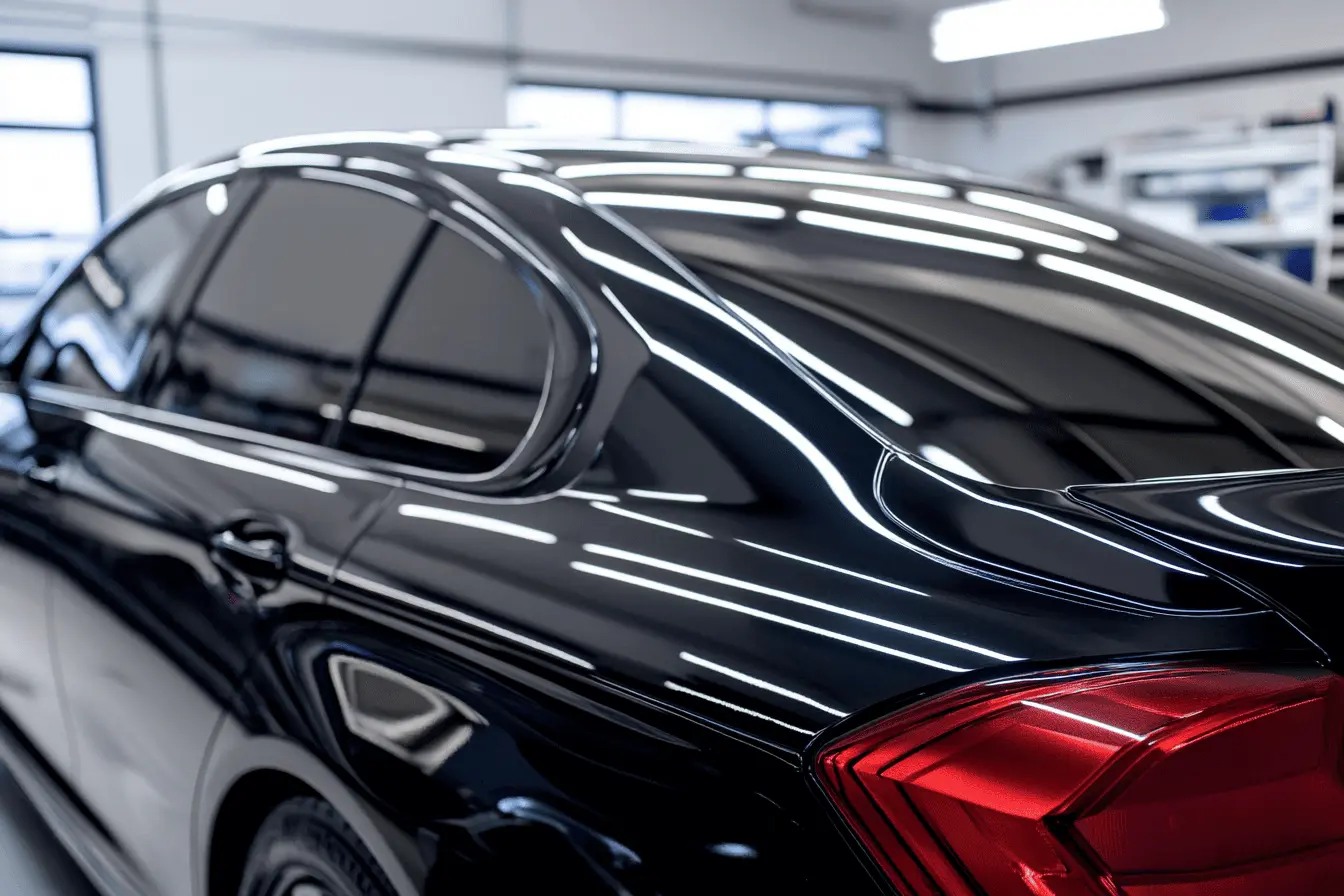
The alternator generates the energy for the electricity-consuming components, making it one of the most important parts of the car. Find out how to tell when it’s time for an alternator replacement and what the average alternator replacement cost is in the UK. Plus: Get free estimates!
How much does an alternator replacement cost in the UK?
The alternator replacement cost ranges from £300 – £1,200 in the UK. For most vehicles, £400 – £700 can be expected. Material costs for alternator and regulator average around £200 – £700, while labour costs average in the range of £100 – £500. The average time for an alternator replacement is around 1 – 1.5 hours, in exceptional cases up to 4 hours.
AVERAGE: £400 – £700
In some cases, it may make sense to change the battery at the same time to save on labour costs. However, this depends on the condition of the battery. The mechanic will be able to provide information on this. If the battery is replaced together with the alternator, an additional cost of approximately £150 – £350 can be expected.
Below is an example of alternator replacement cost including labour on a Ford Focus in a car garage in a suburb of London. All figures shown in this article are incl. VAT and for guideline values only and may of course vary.
Example: Alternator replacement cost · Ford Focus | |
|---|---|
Overview | Cost |
Material cost | £430 |
Labour cost | £120 |
Total cost | £550 |
GET FREE INSTANT QUOTES FROM GARAGES IN YOUR AREA
How it works:
Follow the link below and get free instant quotes from professional garages in your area. Alternatively, you can also look for a mobile mechanic that comes to your car and checks the alternator. Check profiles and reviews and find the best value for money. You can even ask further questions. It’s an easy way to save time.
✓ Trustpilot rating: ‘Excellent’ – 4.5/5
✓ No obligations & free of charge
✓ Done in a few clicks
What does a car alternator do?
Today’s cars have a three-phase generator, the alternator, which generates electricity via electromagnetic induction. When the engine is running, the alternator supplies power to all electrical components in vehicles with internal combustion engines. It is considered an auxiliary unit of the engine, which for example drives it via alternator belts, multiple V-ribbed belts or directly via the crankshaft.
The power of an intact alternator is sufficient to charge the starter battery in addition to all electrical consumers. The alternator is subject to very little wear and is one of the long-lasting parts on the car. If the alternator is damaged or defective, failures will occur. Once the battery is also empty, the vehicle can no longer be started.
What are symptoms of a faulty alternator?
All problems with the power supply can indicate that the alternator is defective. Typical signs of a bad alternator include:
- Engine starts very poorly or not at all
- Battery warning light / charging indicator light in the instrument cluster lights up red continuously
- Lights on the car dim
- Noticeable noises such as whistling, howling or squealing
- The car simply stops while driving
- Starter motor turns slowly due to insufficiently charged battery
- Battery no longer charges properly
Could a defective alternator be confused with another defect?
The above symptoms do not always mean that the alternator is broken. The car battery can also be defective and cause the problems. Individual cells of the battery can also be checked. The charge controller is also a possible cause.
In addition, it is possible that the alternator is functional, but is no longer powered due to a cracked alternator belt and therefore fails. The workshop can carry out all the necessary tests to diagnose the exact cause of the problem.
What causes an alternator to go bad?
The failure of the alternator can have various reasons. One possibility is that the alternator itself is defective. Another possible reason can be poor power transmission from the engine. An insufficiently tensioned alternator belt or V-ribbed belt can be the cause.
Possible damage to the belt or pulley can also be a cause, as can a defective charge controller. Broken cables, a blown fuse and defective plug connections can also be reasons for an inadequate power supply and an alternator that is not working properly.
Can I drive with a faulty alternator?
If the alternator is broken, this power supply no longer functions completely. Your car then draws the necessary power from the car battery, which, however, cannot cope with this load for long. You can continue to drive for a certain time until the battery eventually runs out and your car simply stops and can no longer be started. The consequence: your vehicle has to be towed away at high costs.
To be on the safe side, the car should not be driven any further. If there is an acute suspicion that the alternator is no longer working correctly, for example because the battery warning light is red, the car should be parked and towed to a workshop so that all the necessary tests can be carried out there.
Otherwise, there is also the risk that the engine will stop at any time because, among other things, the control units are no longer supplied with power. In that case, the steering and braking power assistance will also fail, which is a major safety risk.
How long does an alternator replacement take?
In most cases, the workshop needs 1 – 1.5 hours for an alternator replacement. Depending on the car model, however, it can be quicker or take considerably longer. In rare cases, the replacement can take 3.5 – 4 hours.
Alternator repair or replacement: what is cheaper?
In principle, an alternator can also be repaired. However, the alternator repair costs are similarly high or sometimes even higher than for a replacement. For this reason, the alternator is replaced in most cases.
What happens during an alternator replacement?
Replacing the alternator can differ greatly depending on the car. Usually the replacement is much easier on older cars because the mechanic has more space. In modern cars, the components are often more tightly fitted. However, it may be necessary to first dismantle a whole series of uninvolved components in order to get to the alternator at all. Sometimes even the cover of the timing belt or the timing chain have to be removed.
Basically, the V-ribbed belt is slackened and removed, the cable connectors are disconnected and the bolts of the alternator are loosened. The alternator can then be carefully removed from its holder. Before installation, the new alternator is checked for compatibility. After installing the alternator and the V-ribbed belt, the charging voltage is then tested.
How long does an alternator last?
The alternator is basically not a wearing part and often outlives the car itself. There is also no fixed interval for replacement. Many manufacturers’ alternators only need to be replaced after 60,000 – 300,000 miles. However, defects can occur that make it necessary to replace individual parts or the entire alternator.
Savings tip: Get free estimates for your alternator replacement
The alternator replacement cost varies not only between car models, but also from city to city and garage to garage. The costs in cities like London, Manchester or Birmingham are always somewhat higher than in the rest of the UK. For this reason, it is always advisable to do a free regional price comparison in order to find the best value for money in your area.










